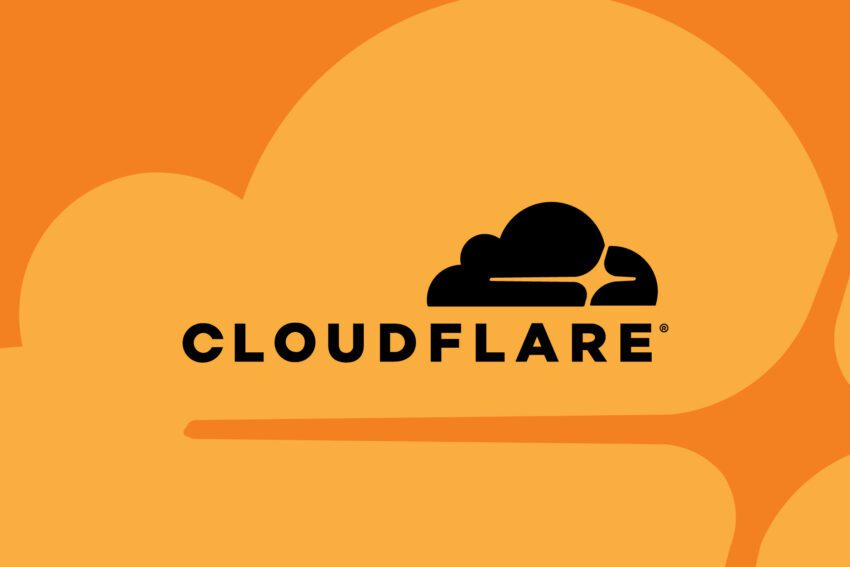
cloudflare explains tuesday s outage that temporarily Cloudflare has provided a detailed explanation of the outage that temporarily disrupted services for numerous websites, including ChatGPT, on Tuesday, marking its most significant outage since 2019.
cloudflare explains tuesday s outage that temporarily
Background on Cloudflare’s Role in Internet Infrastructure
Cloudflare is a prominent content delivery network (CDN) and internet security service provider that plays a crucial role in maintaining the uptime and performance of a substantial portion of the web. According to the company, approximately 20 percent of all internet traffic flows through its network. This infrastructure is designed to mitigate various online threats, including Distributed Denial of Service (DDoS) attacks, while also ensuring that websites remain accessible during traffic spikes. The company’s services are vital for many high-traffic platforms, making any disruption particularly impactful.
Details of the Outage
In a blog post published on Tuesday night, Cloudflare cofounder and CEO Matthew Prince elaborated on the factors that led to the outage. The incident was attributed to a malfunction within the Bot Management system, which is responsible for regulating automated crawlers that scan websites using Cloudflare’s CDN. This system is intended to prevent unauthorized scraping of content, particularly in the context of generative AI, which has become a growing concern in recent years.
The outage affected a wide range of services, including popular platforms like X (formerly Twitter), ChatGPT, and the outage tracker Downdetector. The disruption lasted for several hours, drawing parallels to recent outages experienced by major cloud service providers such as Microsoft Azure and Amazon Web Services. Such incidents highlight the interconnected nature of internet services and the potential for widespread impact when a key player like Cloudflare experiences technical difficulties.
Understanding the Bot Management System
Cloudflare’s Bot Management system is designed to differentiate between legitimate user traffic and automated requests generated by bots. This differentiation is crucial for maintaining the integrity of web services and protecting them from malicious activities, such as data scraping and DDoS attacks. In recent developments, Cloudflare has introduced a new system that leverages generative AI to create what it calls the “AI Labyrinth.” This innovative approach aims to confuse and slow down AI crawlers that ignore “no crawl” directives, thereby preserving the integrity of web content.
Technical Breakdown of the Outage
Despite the advanced technologies in place, the outage was ultimately traced back to issues with the permissions system of a database, rather than the generative AI technology itself. Initially, Cloudflare suspected that the outage might have been caused by a cyberattack or a hyper-scale DDoS attack, but these theories were quickly ruled out.
According to Prince, the underlying problem stemmed from a change in the ClickHouse query behavior that generates the configuration file used by the Bot Management system. This configuration file is essential for identifying automated requests and is frequently updated to adapt to new patterns of web traffic. However, the change in query behavior led to the creation of a large number of duplicate “feature” rows within the configuration file.
As the configuration file expanded rapidly, it exceeded preset memory limits, ultimately causing the core proxy system responsible for processing traffic to fail. This failure had cascading effects, resulting in false positives for companies that relied on Cloudflare’s rules to block certain bots. Consequently, legitimate user traffic was inadvertently cut off, while customers who did not utilize the generated bot score in their rules remained unaffected.
Implications of the Outage
The outage serves as a stark reminder of the vulnerabilities inherent in centralized internet services. As more companies rely on platforms like Cloudflare for their online operations, the potential for widespread disruption increases. This incident raises important questions about the resilience of internet infrastructure and the need for robust contingency plans to mitigate the impact of similar outages in the future.
Stakeholder Reactions
In the wake of the outage, various stakeholders expressed their concerns and frustrations. Many businesses that rely on Cloudflare’s services were left scrambling to address the disruptions, with some reporting significant impacts on their operations. Users of platforms like ChatGPT and X were also affected, leading to a wave of complaints on social media as people sought answers about the outages.
Industry experts weighed in on the situation, emphasizing the importance of transparency and communication during such incidents. The ability of companies to quickly diagnose and resolve issues is critical in maintaining user trust and confidence. Cloudflare’s prompt acknowledgment of the problem and its commitment to providing a detailed explanation were seen as positive steps in addressing stakeholder concerns.
Future Preventative Measures
In light of the outage, Cloudflare has outlined four specific plans aimed at preventing similar incidents in the future. These measures reflect the company’s commitment to enhancing the reliability of its services and ensuring that its infrastructure can withstand unexpected challenges.
- Hardening Ingestion of Configuration Files: Cloudflare plans to strengthen the process of ingesting configuration files generated by its systems, treating them with the same level of scrutiny as user-generated input. This approach aims to minimize the risk of errors that could lead to system failures.
- Global Kill Switches: The company intends to implement more global kill switches for its features, allowing for rapid response to potential issues before they escalate into widespread outages.
- Resource Management: Cloudflare will work to eliminate the possibility of core dumps or other error reports overwhelming system resources, which can contribute to system failures.
- Reviewing Failure Modes: A comprehensive review of failure modes for error conditions across all core proxy modules will be conducted to identify vulnerabilities and improve overall system resilience.
Conclusion
The recent outage experienced by Cloudflare serves as a critical reminder of the complexities and challenges inherent in managing internet infrastructure. As the reliance on centralized services continues to grow, the potential for significant disruptions also increases. Cloudflare’s response to the incident, including its detailed postmortem and commitment to implementing preventative measures, will be closely scrutinized by stakeholders and industry experts alike. The company’s ability to learn from this experience and enhance its systems will be vital in maintaining its position as a leader in the CDN and internet security space.
Source: Original report
Was this helpful?
Last Modified: November 19, 2025 at 4:36 pm
1 views















